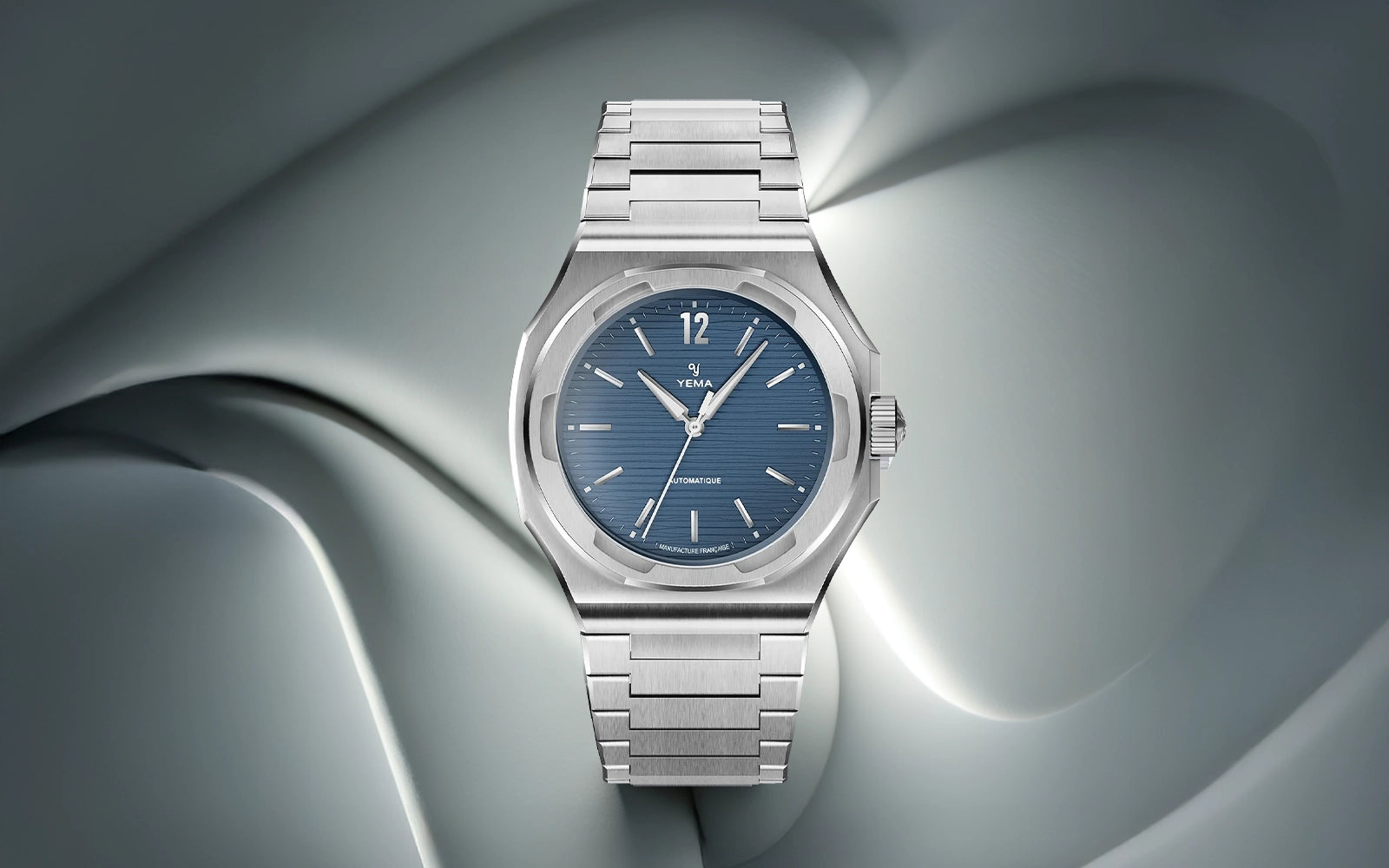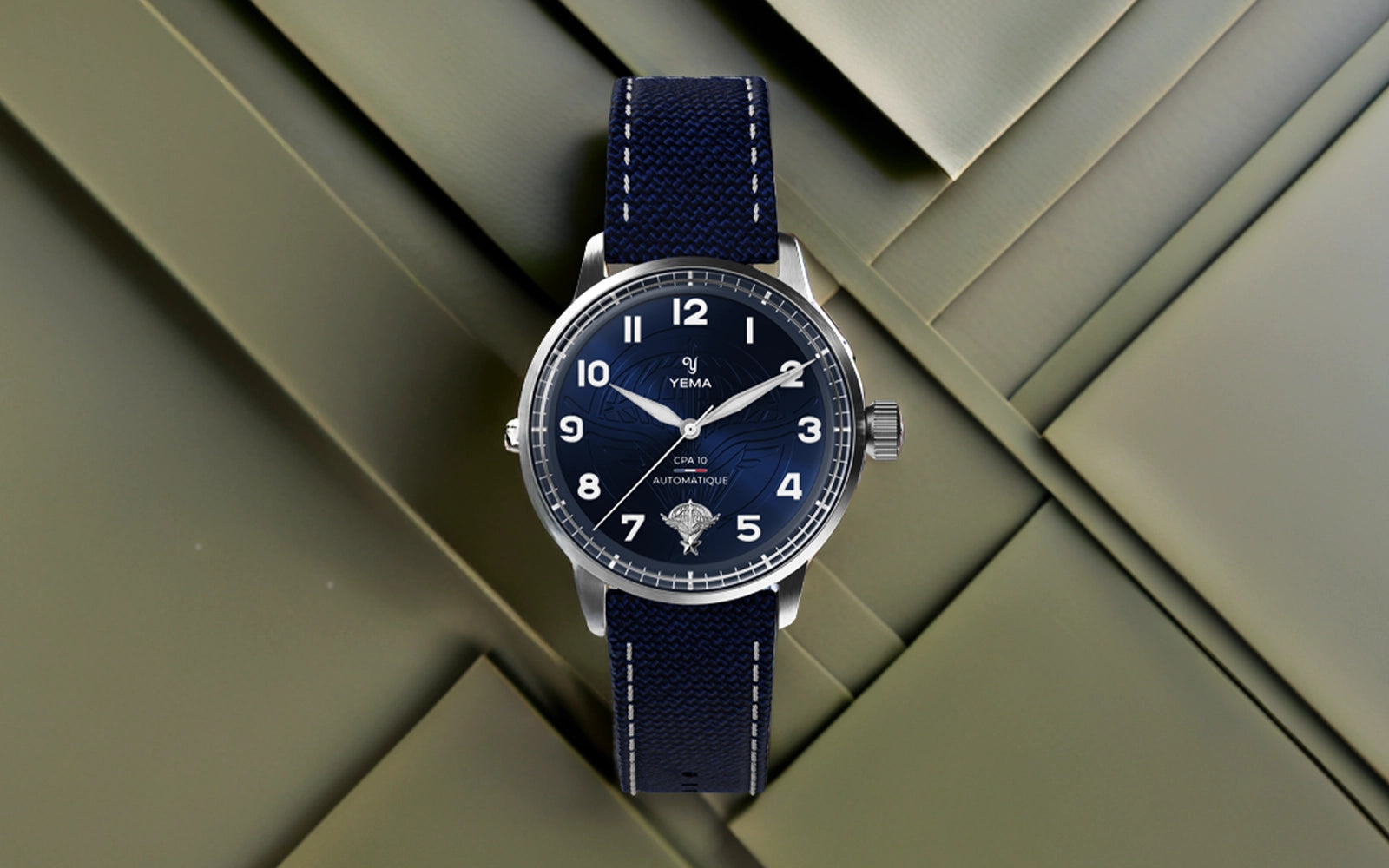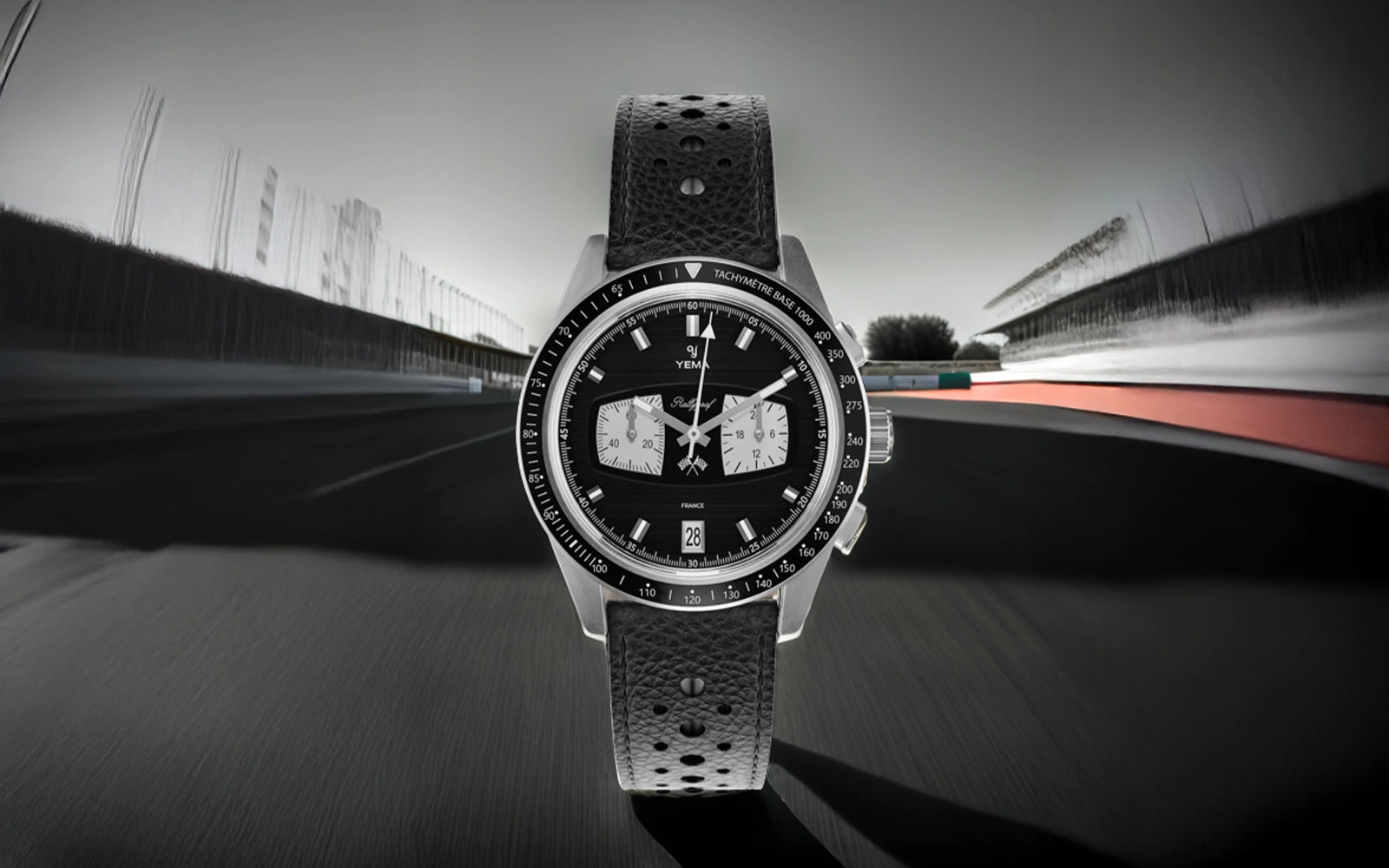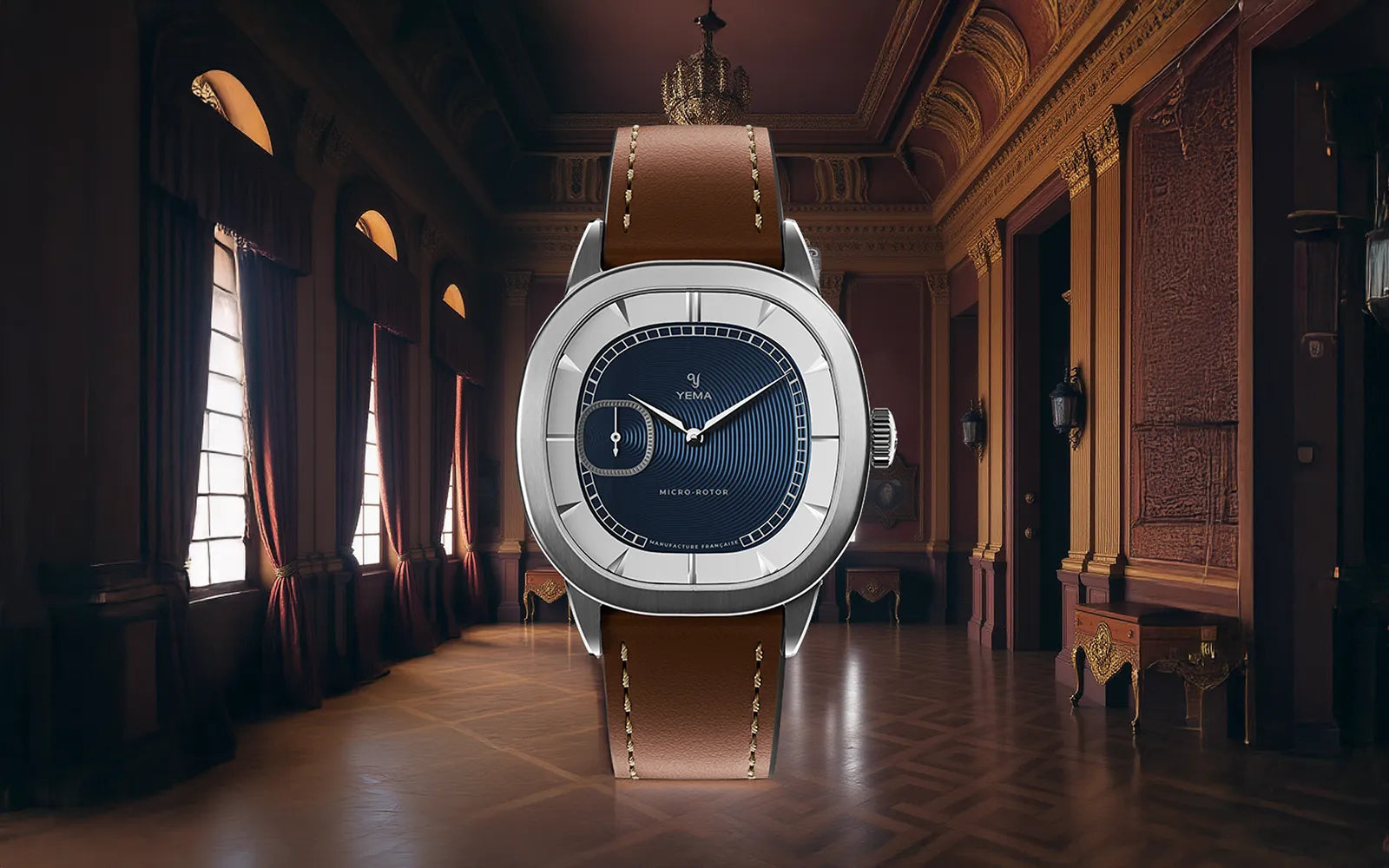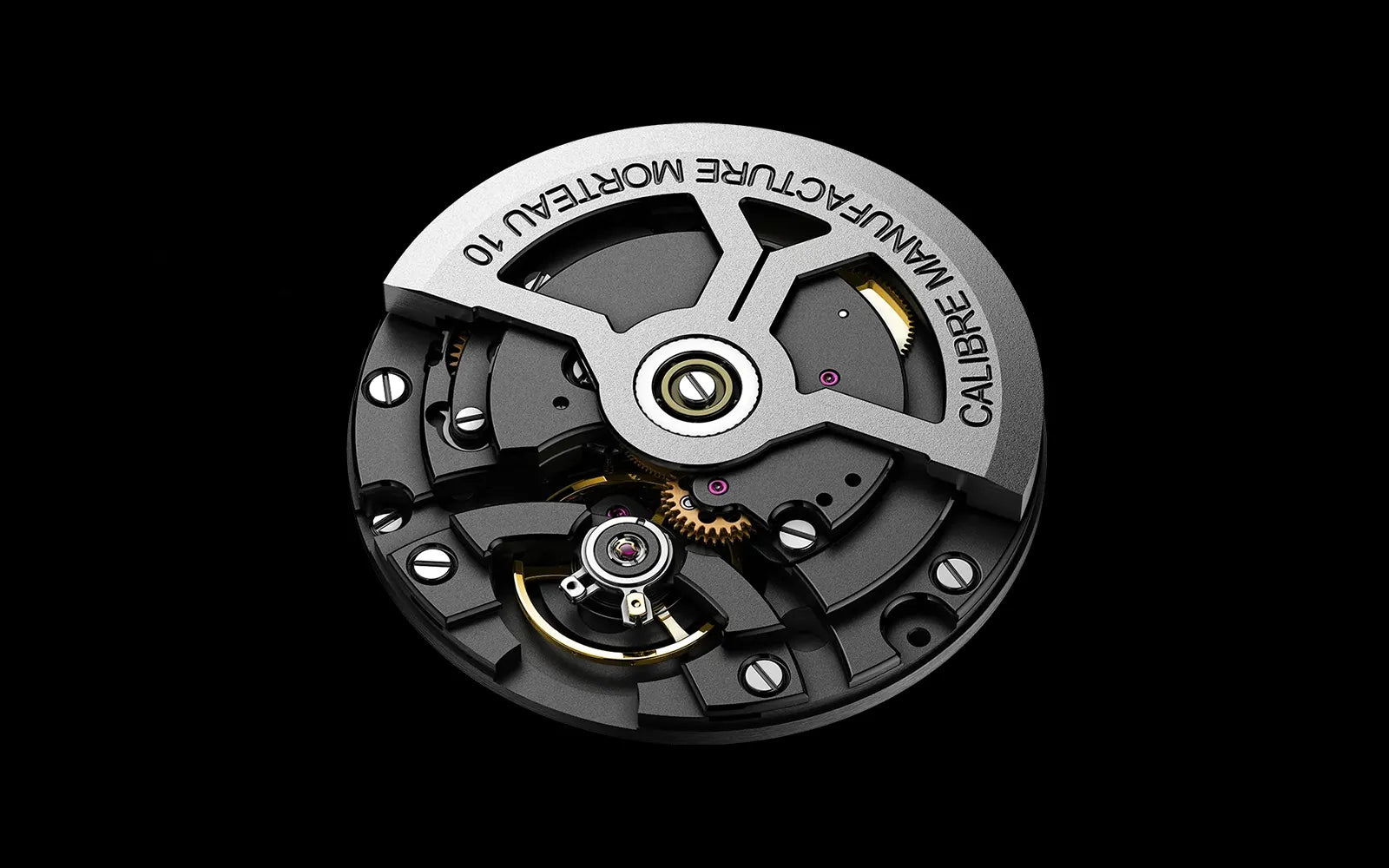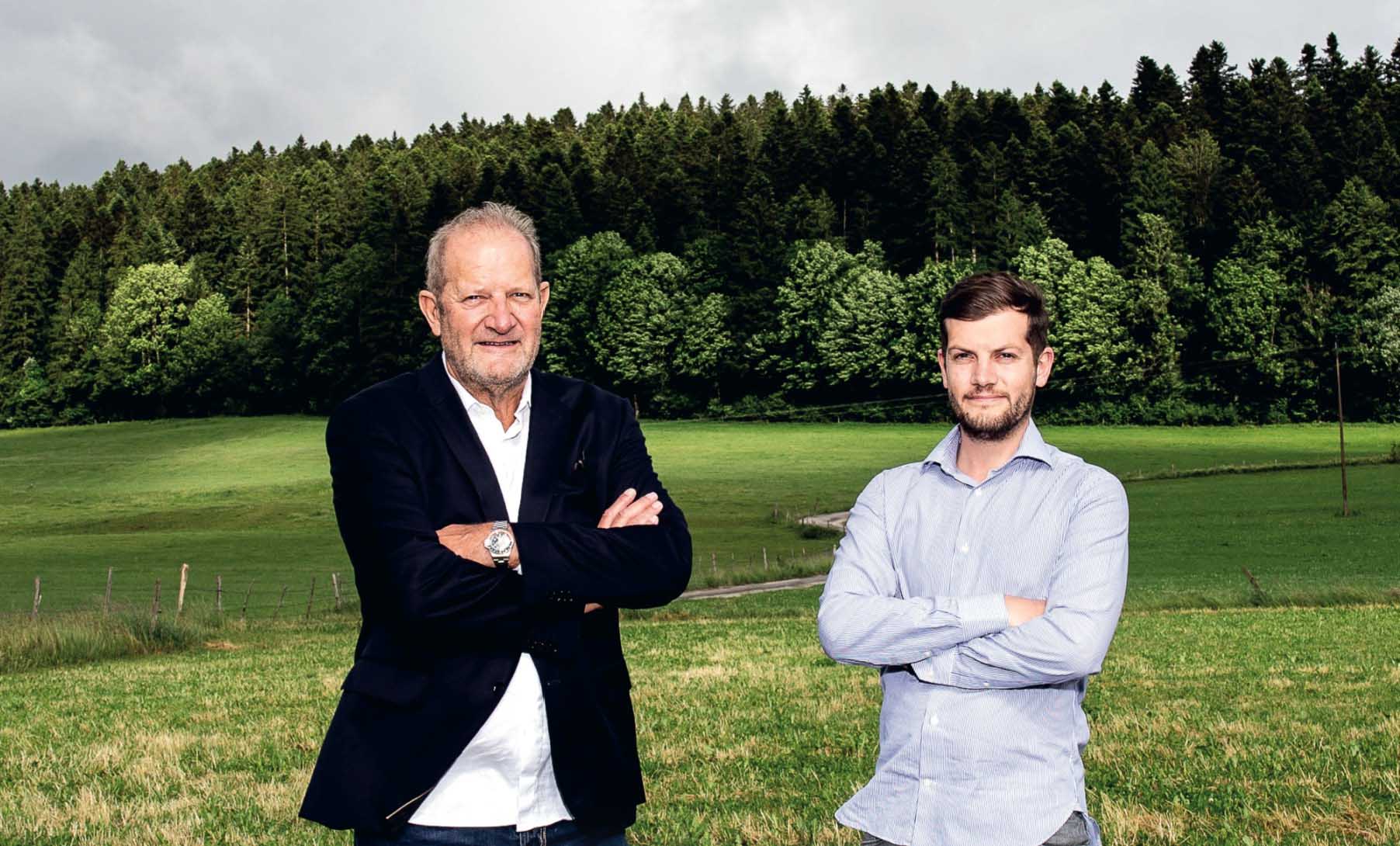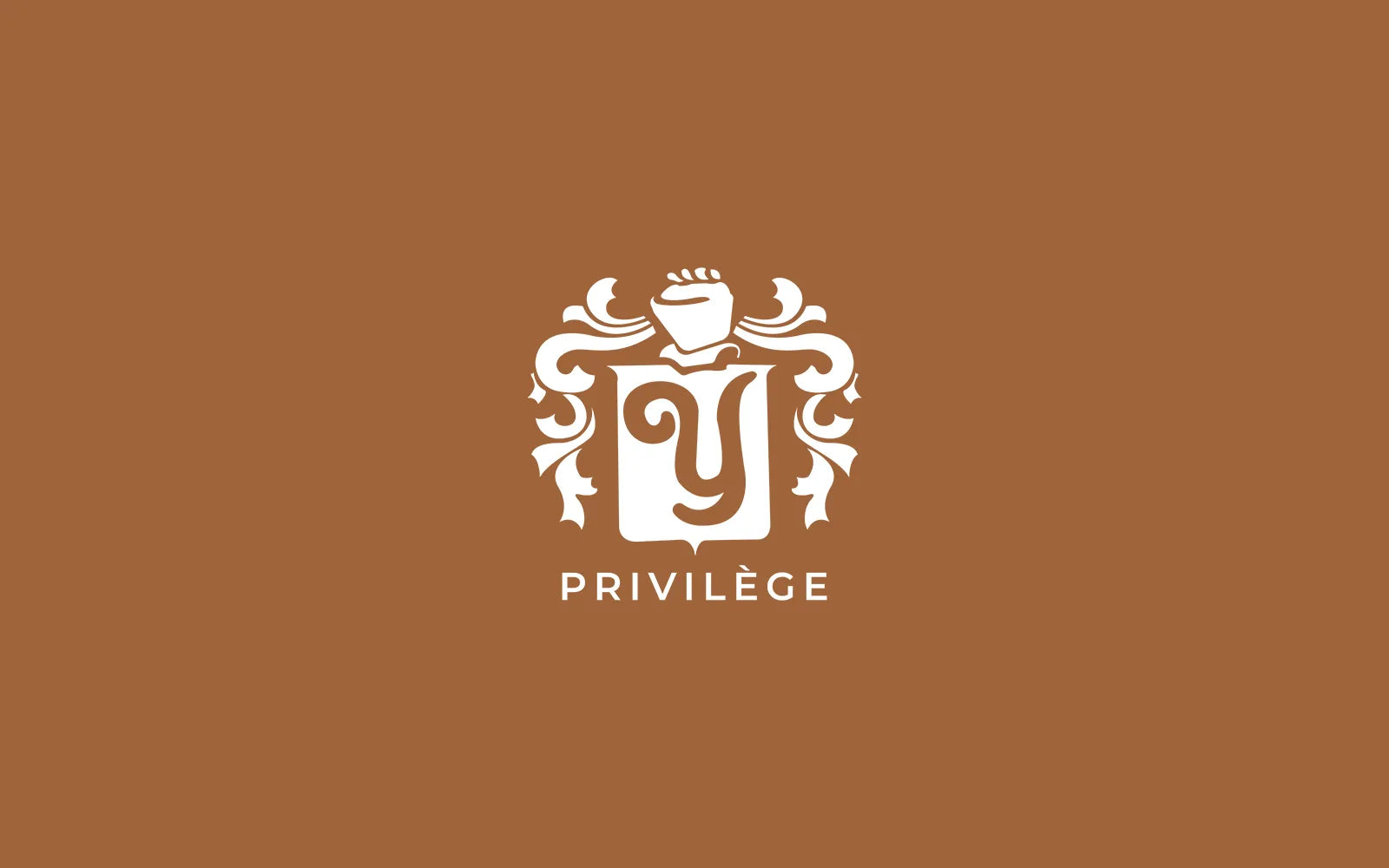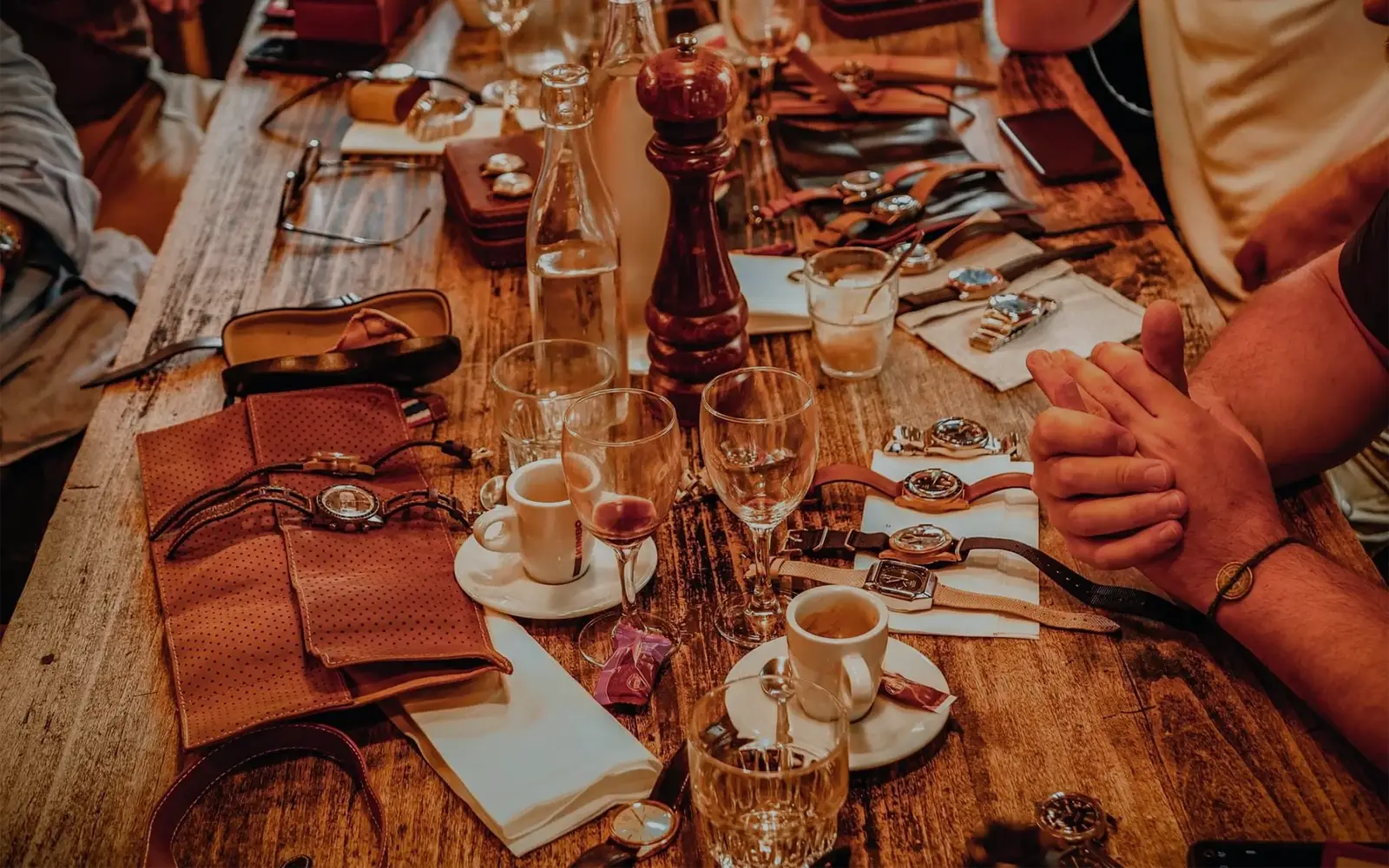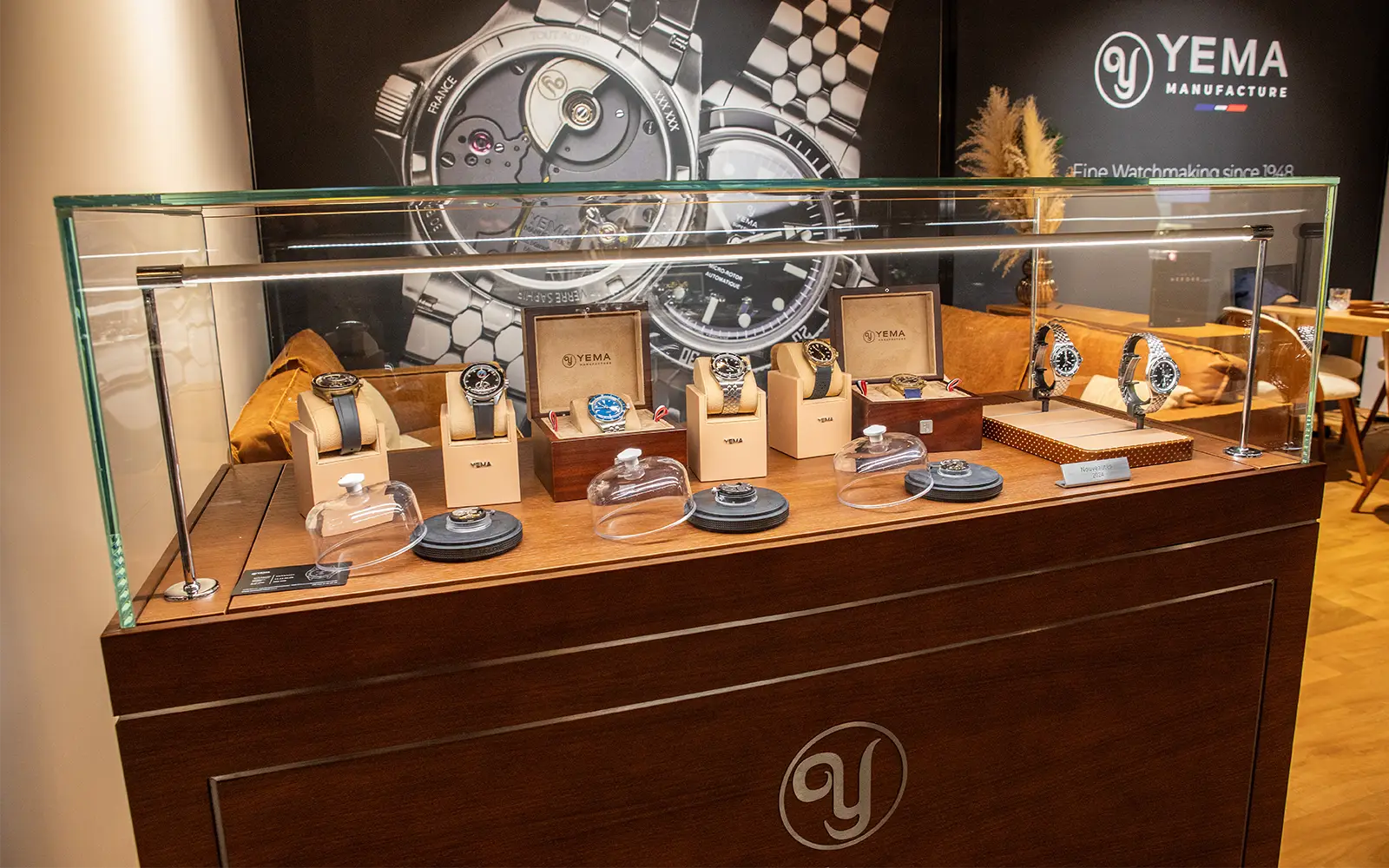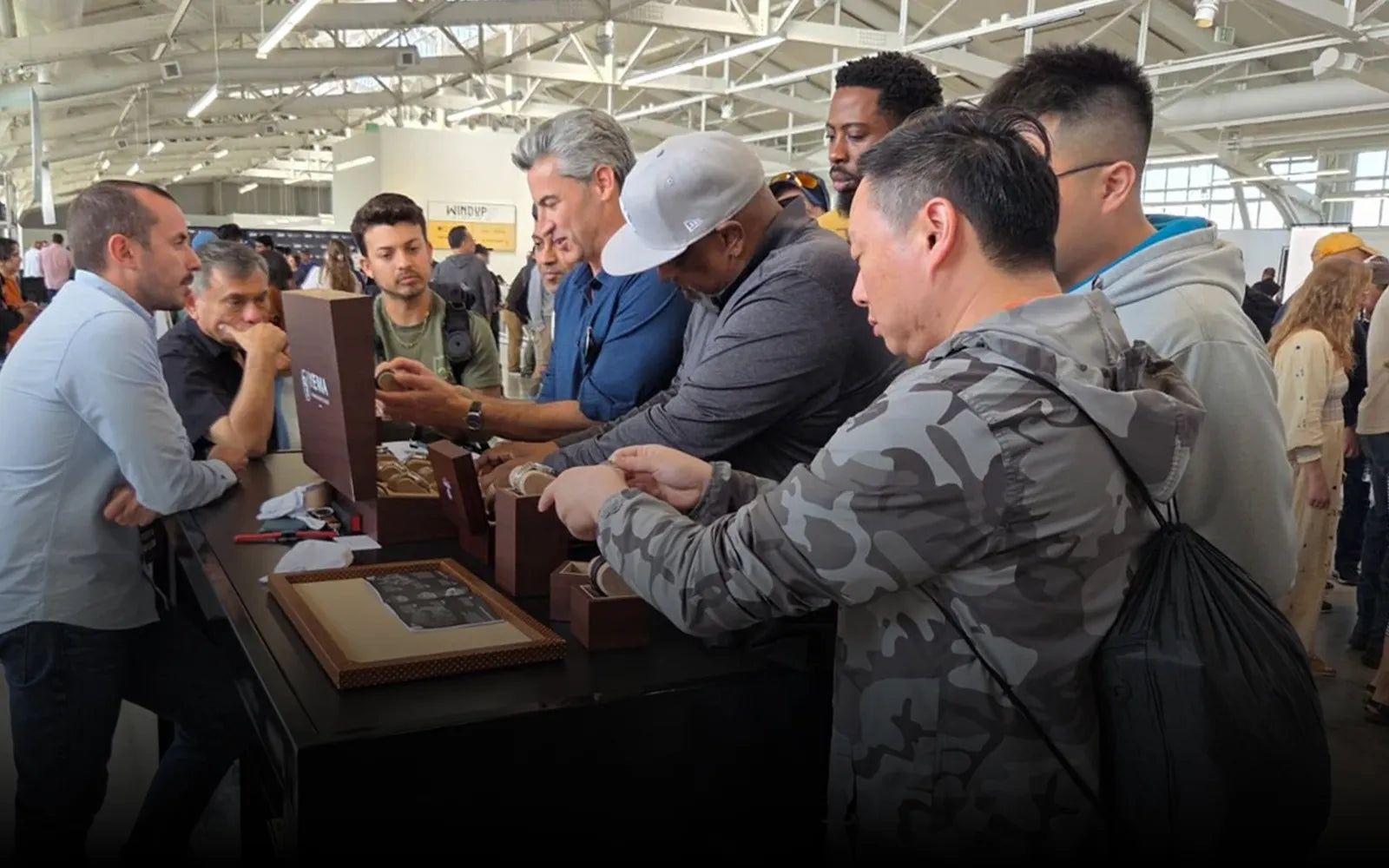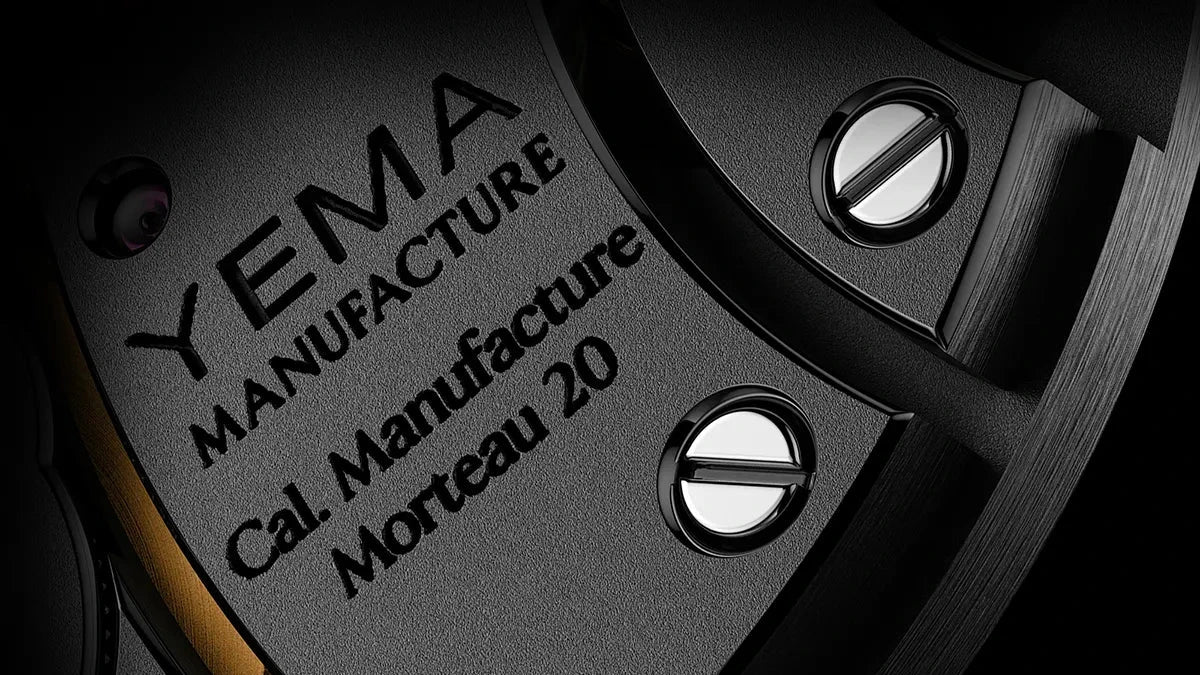HAIRSPRING REGULATOR
The regulator mechanism has been modified in order to better adjust the hairspring and balance wheel in all positions. The new mechanism is far more reliable, which results in more accurate regulations while avoiding accidental unregulation due to shocks when the watch is worn in the most extreme conditions.
CALENDAR DRIVING WHEEL
These components allow the date to jump every 24 hours. The new version facilitate a smoother and more precise jump.
SECOND-GENERATION IN-HOUSE CALIBERS
YEMA's In-house Calibers YEMA2000 and YEMA3000 are an evolution of our first caliber MBP1000 released in 2011. Several components have been improved in order to achieve fundamental gains in terms of precision and durability. Designed, developed and assembled by our watchmakers in our Morteau (France) workshops, our Standard Grade In-house Calibers combine manufacturing simplicity and efficiency offering great precision and reliability at a competitive price point.
CHRONOMETRIC TESTS
Our second-generation In-house Calibers have undergone numerous control tests including a final one carried out by the Centre Technique Horloger Français, a French independent institution founded in 1945 responsible of testing watch calibers made in France.
Precision has been improved to +/-10 s/d accuracy and +/-25 s/d tolerance.


DESIGNED & ASSEMBLED LOCALLY
Our second generation In-house Calibers YEMA2000 and YEMA3000 are designed and assembled in our workshops in Morteau (France) by our watchmakers while the manufacturing of components is carried out by Asian and Swiss partners. This approach allows us to offer standard grade In-house Calibers designed and assembled by our own watchmakers at competitive and accessible prices.

A DYNAMIC REGIONAL WATCHMAKING ECOSYSTEM
YEMA workshops are based in Morteau, the cradle of French watchmaking, a few steps from the Swiss watchmaking region. This cross-border watchmaking community concentrated along the Jura mountains has gradually transformed into a true regional ecosystem recognized as Intangible Cultural Heritage by the UNESCO in 2020.




